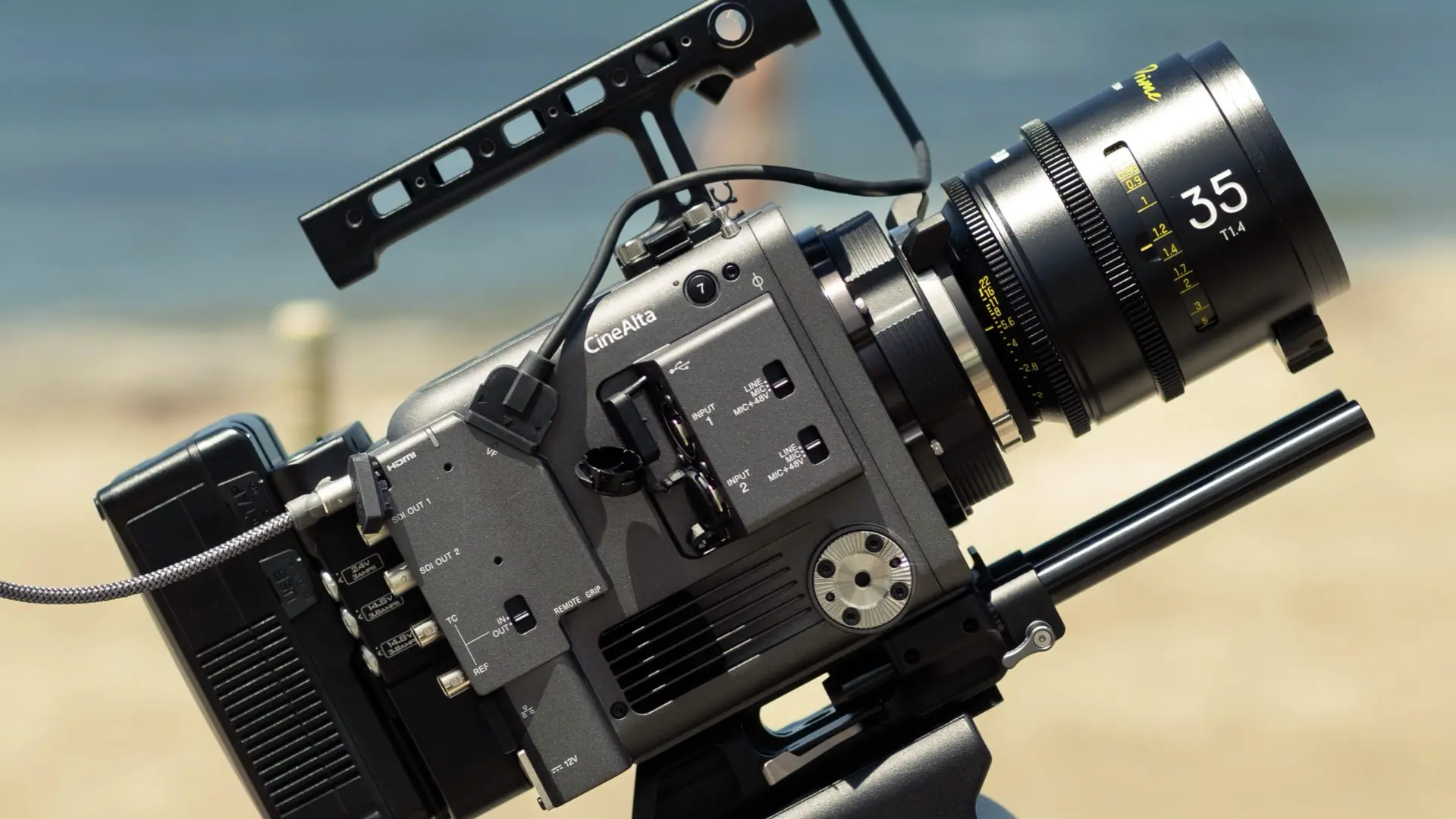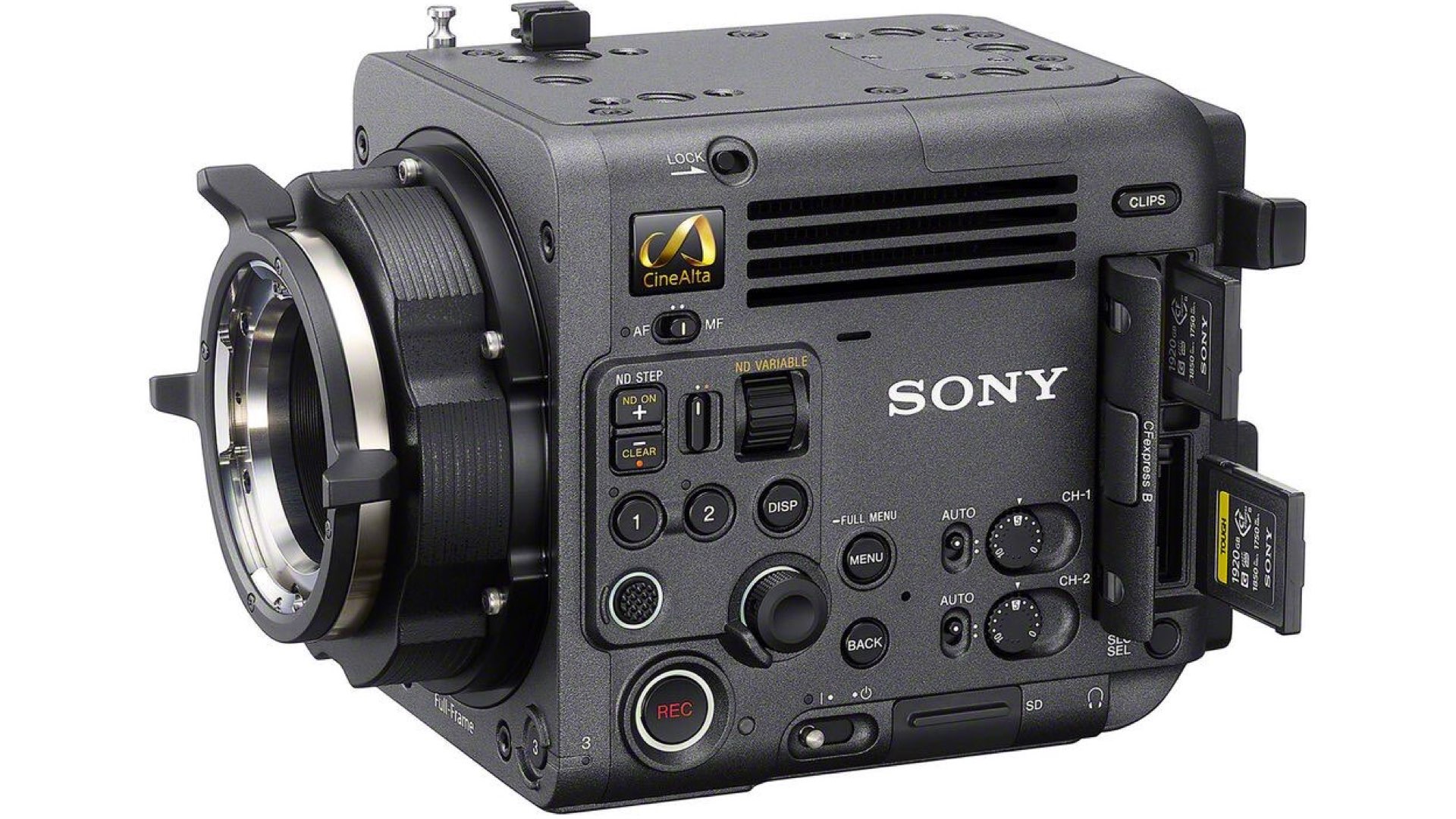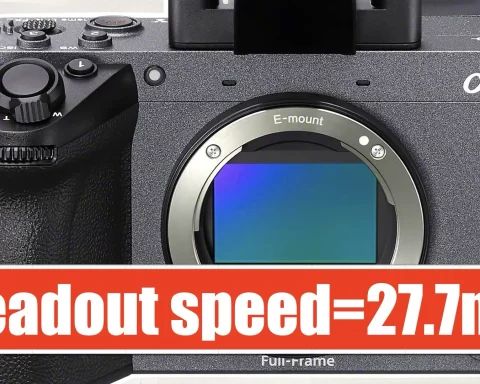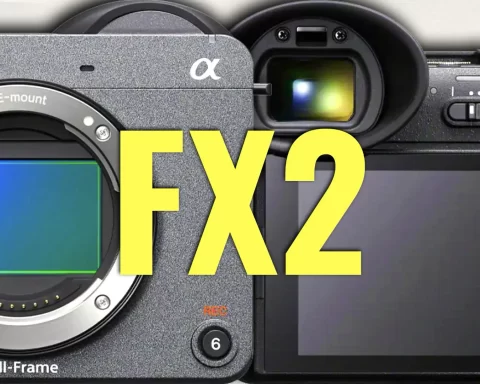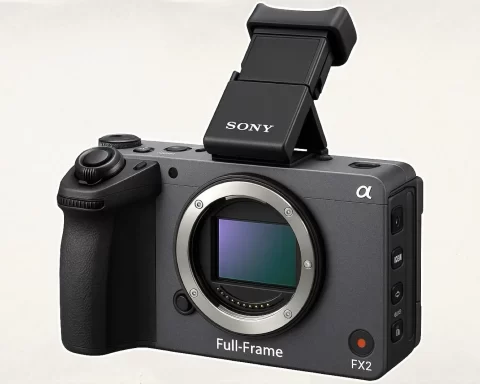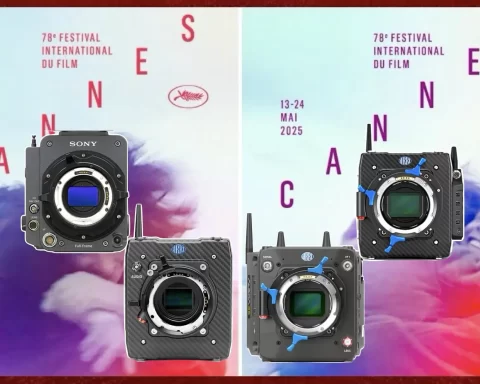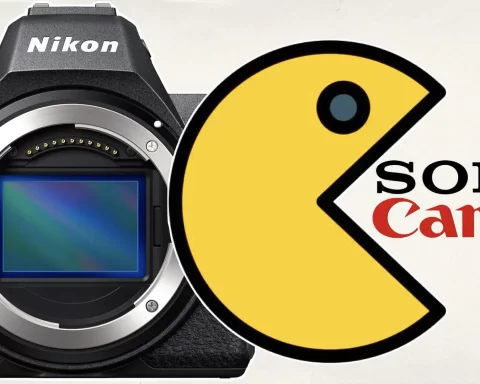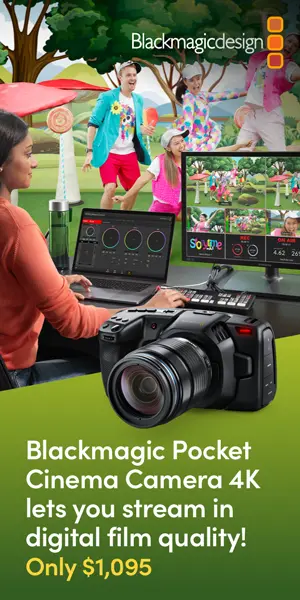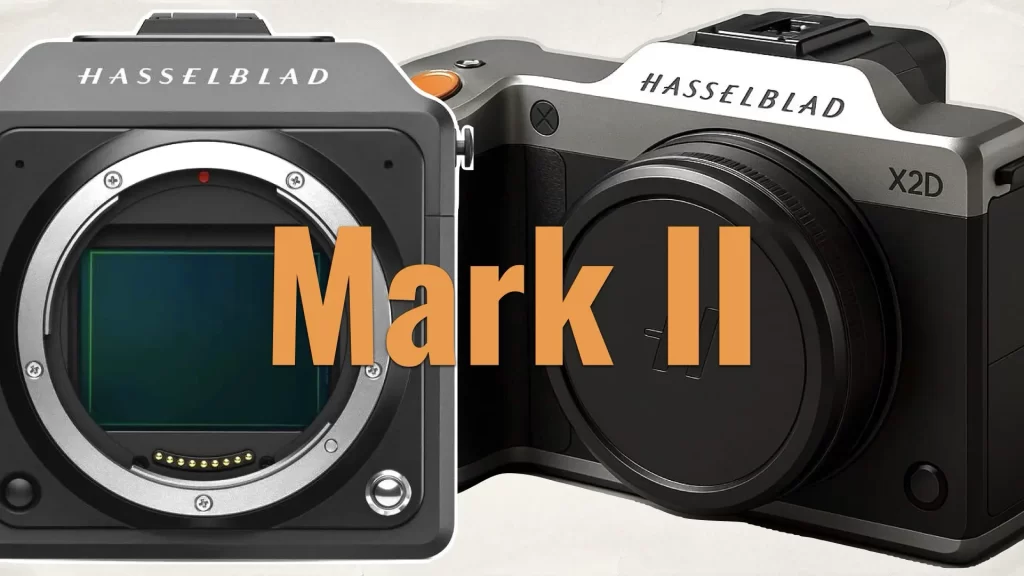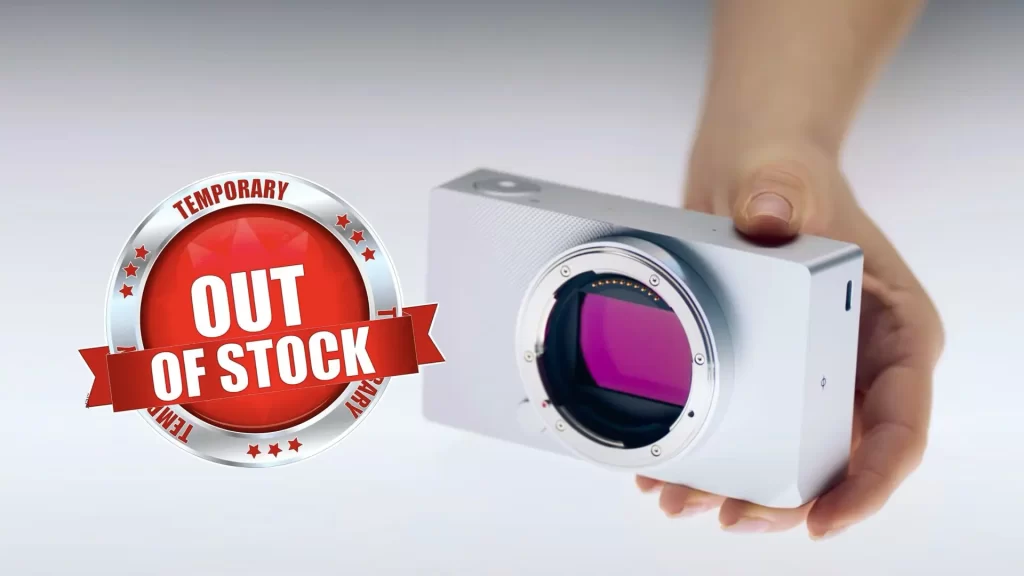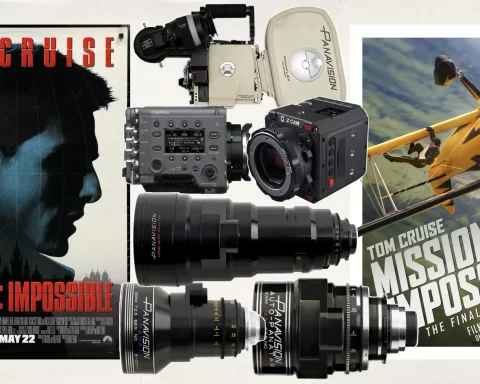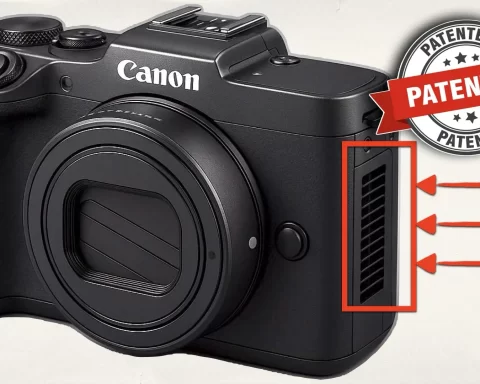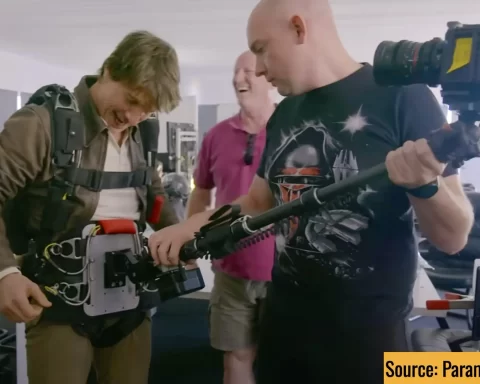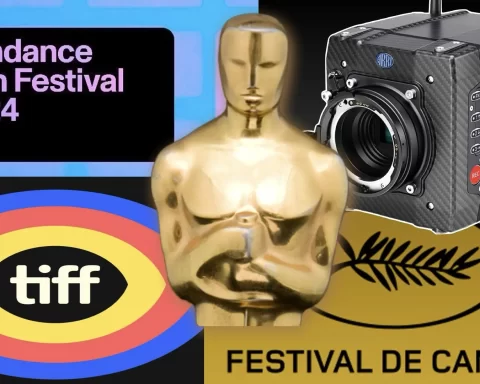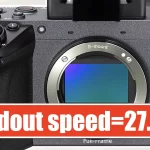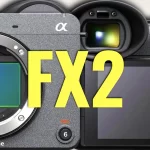The integration of high-end cinema equipment into film school curricula is becoming increasingly common as institutions seek to align their training with real-world industry practices. A recent example comes from LABA Florence (Libera Accademia di Belle Arti), which has introduced the Sony BURANO into its filmmaking courses. This decision reflects a growing emphasis on providing students with hands-on experience using professional-grade tools, helping them bridge the gap between academic learning and practical production environments.
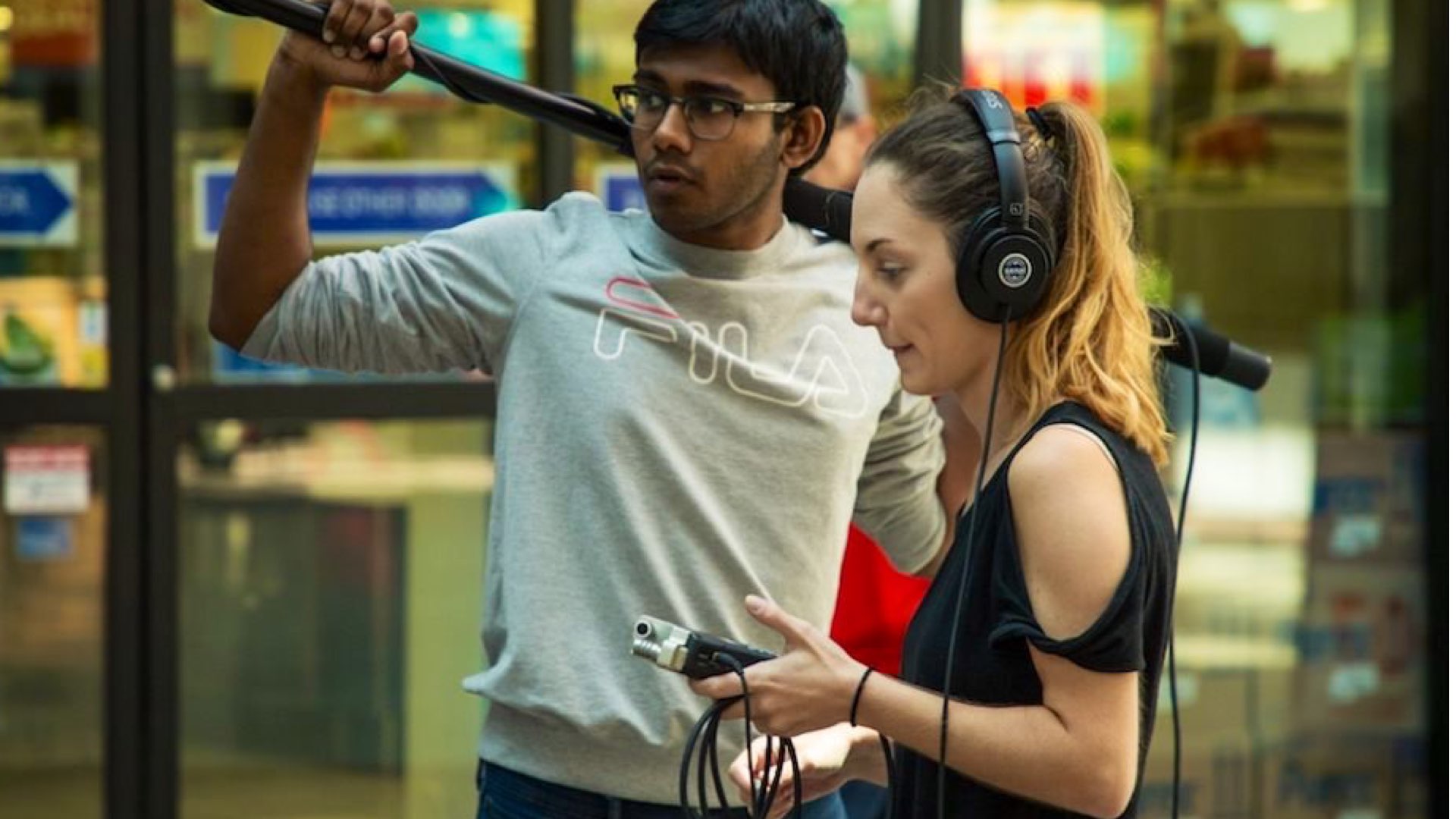
The BURANO Effect: Why This Camera Matters in Education
The inclusion of the Sony BURANO in LABA’s curriculum represents a thoughtful step toward aligning student training with the tools and workflows used in the professional world. While many educational institutions still rely on entry-level or prosumer gear, introducing a mid-tier professional cinema camera like the BURANO offers students a practical opportunity to understand industry-standard technology. Designed to balance high image quality with a compact, user-friendly build, the BURANO is particularly well-suited for educational environments. It allows students to experiment with full-frame cinematography and professional-grade codecs, while still being manageable for solo operators or small student crews. This hands-on exposure helps demystify professional production workflows and fosters a smoother transition into the field. As discussed in Sony BURANO FX3: The Ideal Combination, the BURANO stands out for its balance of cinematic performance and portability with other, more affordable gear, which makes it relevant for both independent productions and academic use. Moreover, its approval by Netflix, as outlined in Sony BURANO is Netflix Approved, adds another layer of relevance, giving students familiarity with gear that meets contemporary professional distribution standards. Ultimately, the BURANO is not a radical departure in camera education, but rather a logical addition that reflects the changing expectations of the film and media landscape (even Ben Affleck thought that:-))
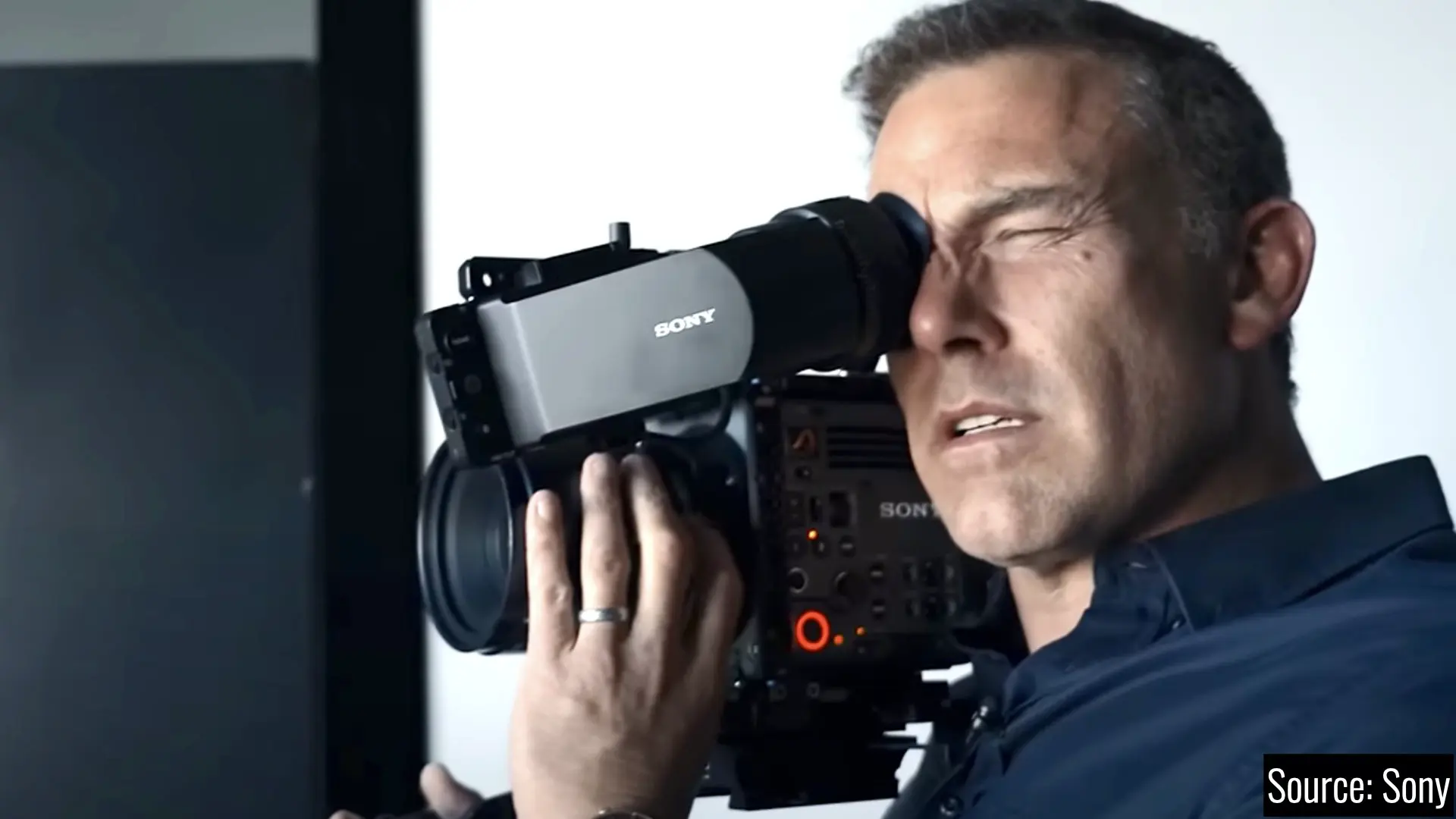
Teaching on the Tools of the Trade
It’s no secret that learning on consumer gear or even outdated professional equipment can leave students underprepared for the industry. As the Sony BURANO Is Netflix Approved, students at LABA will now have firsthand experience with tools that meet the rigorous technical standards required for premium streaming content. This can elevate their portfolios, as well as their confidence and technical fluency. When AFI Conservatory Fellows Create 35mm Magic With the Panaflex Platinum Camera, it was a celebration of film education rooted in cinematic heritage. But in a digital-first era, film schools must now balance reverence for the past with preparedness for the future. LABA’s approach does just that by offering a modern equivalent to 35mm’s historical prestige—the BURANO.
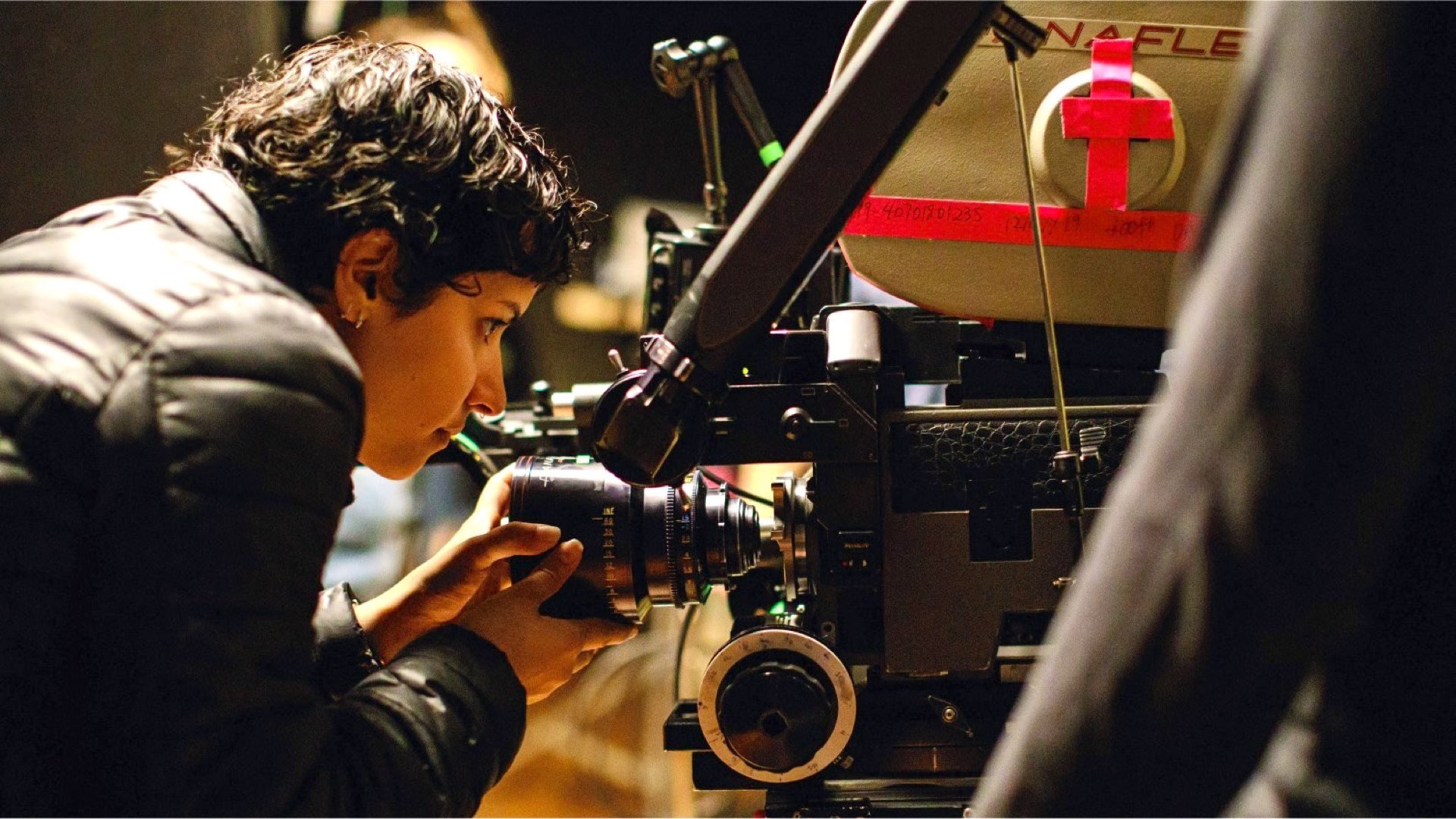
Pairing Versatility with Professionalism
The BURANO’s lightweight and ergonomic design makes it ideal for students who are often operating solo or in small teams. As detailed in Sony BURANO & FX3: The Ideal Combination, Sony’s modern lineup allows for seamless transitions between different types of productions—from documentaries to narrative shorts to experimental films. For film schools, this adaptability is critical. Students must learn how to frame and light with the same camera whether they’re shooting interviews in a studio, scenes on location, or high-paced events. In Sony VENICE 2, BURANO & FR7: Lethal Combination for Cinematic Broadcasting, we see how Sony’s ecosystem integrates across various production needs. With LABA’s BURANO-centric curriculum, students can begin understanding not only camera operation but how it fits into multi-cam workflows and broadcast-style production environments—a crucial advantage in today’s job market.
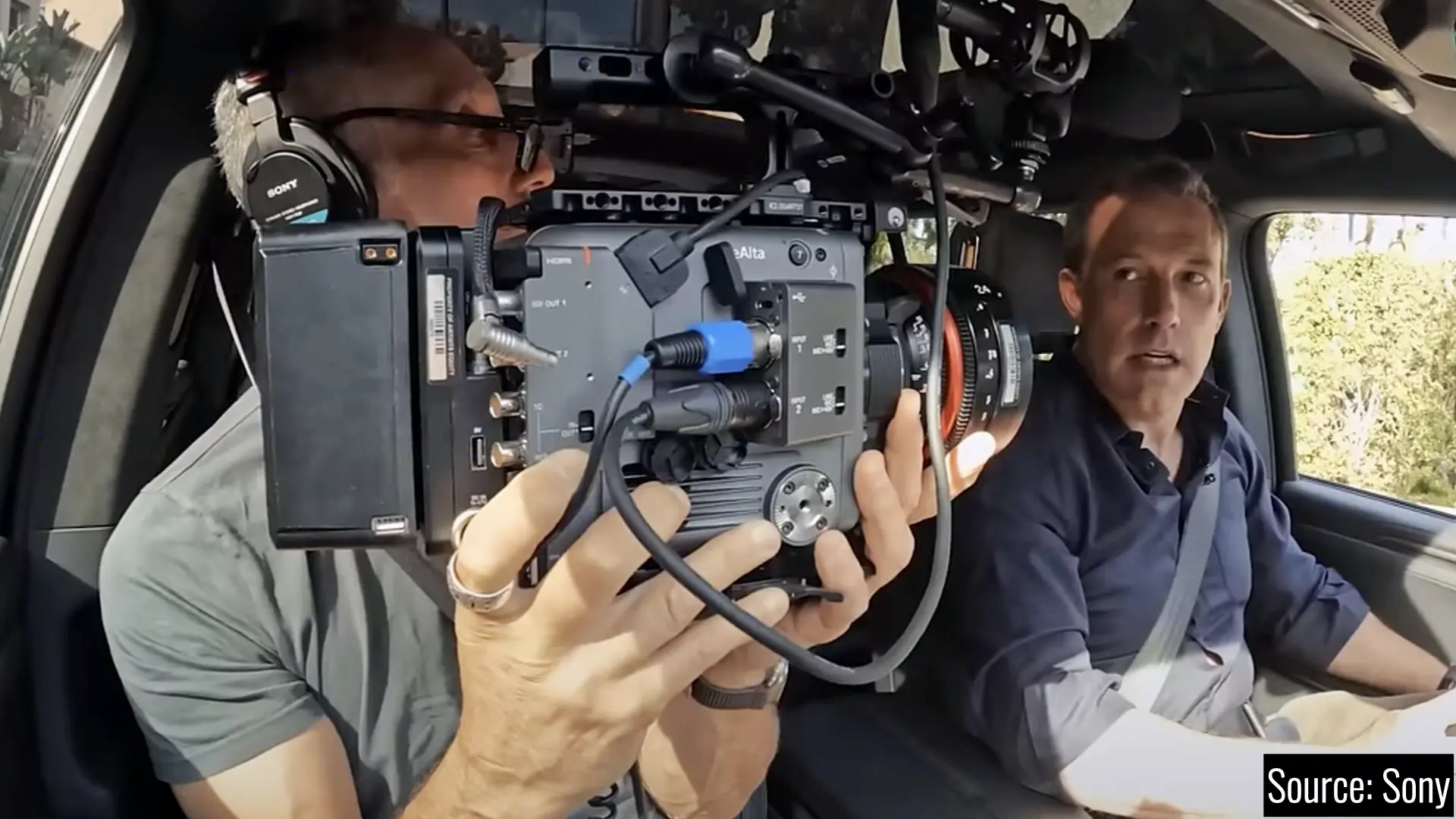
What LABA Is Doing Right
LABA’s investment in BURANO also coincides with the launch of their new BA in Directing and Videomaking, further cementing the institution’s goal to bridge academic instruction with professional readiness. As noted by Veronica Citi, a key lecturer at LABA, this strategic move wasn’t only about loyalty to Sony but a deliberate educational philosophy. Choosing BURANO was a calculated decision to “offer our students state-of-the-art tools and a complete educational experience.” This mindset is part of a larger, institutional trend toward technological upgrading that keeps pace with the shifting language of visual storytelling. It’s about teaching film and preparing students for a visual world increasingly defined by high dynamic range, 8K acquisition, and real-time workflows.

Film School: Yes or No?
Some skeptics argue whether film school is even necessary in today’s YouTube-taught, self-made era. In the thought-provoking article Film School: Yes or No?, this debate is dissected. While many roads lead to success in filmmaking, what film schools like LABA can uniquely provide is structure, access to professional gear, mentorship, and collaborative experience. By investing in industry-standard tools like the BURANO, LABA is providing tangible proof that film school can still be a viable and valuable pathway—especially when it prepares students for real-world conditions.
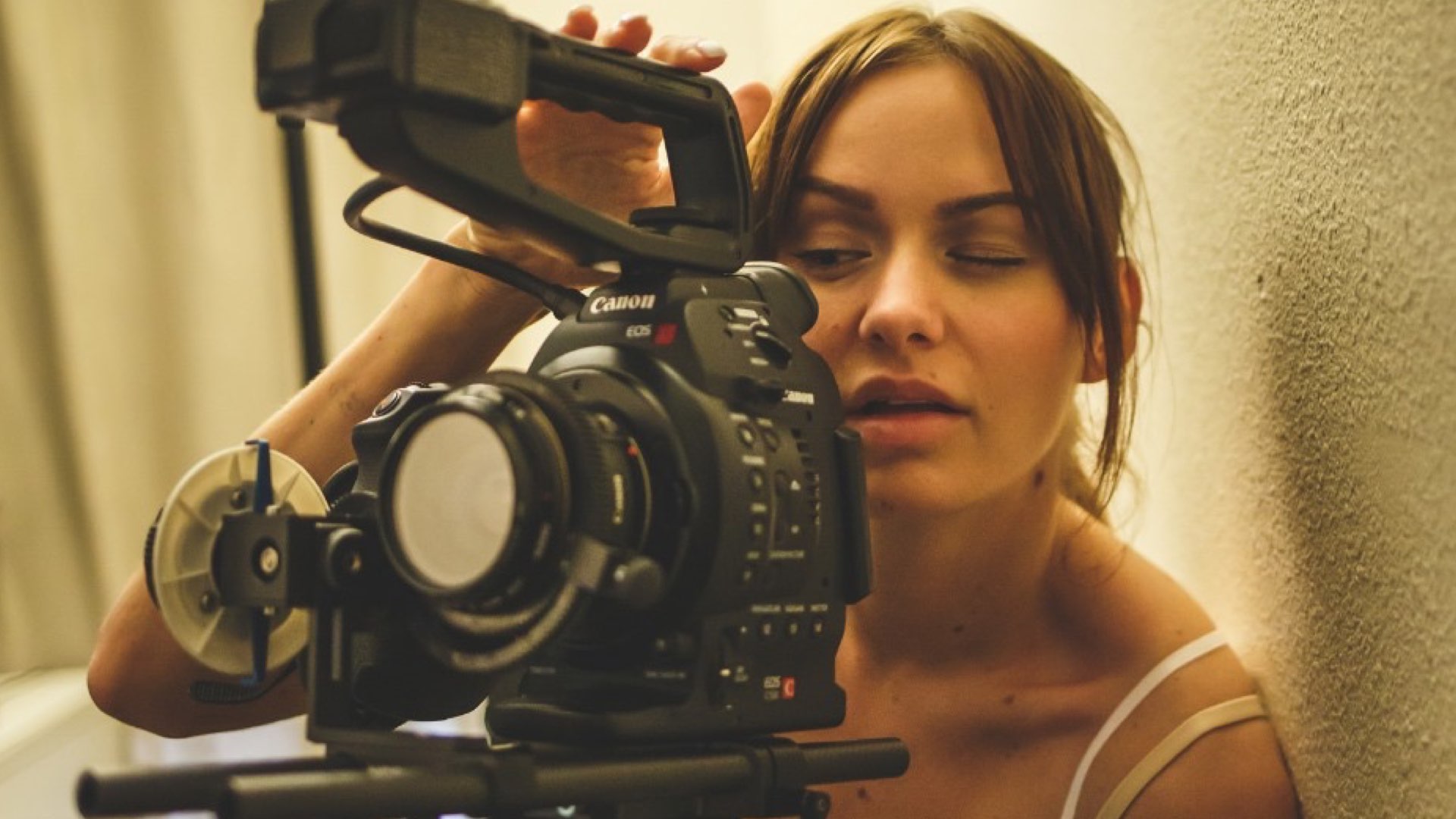
Conclusion: Future-Proofing Film Education
LABA’s decision to integrate the Sony BURANO into its program reflects a broader trend among film schools to incorporate professional tools into the classroom. While the camera itself is not a magic solution, it represents a step toward bridging the gap between academic learning and industry expectations. Ultimately, the success of any film education program depends not just on the tools provided, but on how those tools are integrated into thoughtful instruction. The BURANO, with its balance of accessibility and professional capability, appears to be a solid fit for institutions seeking to modernize their offerings without overcomplicating the learning curve.

